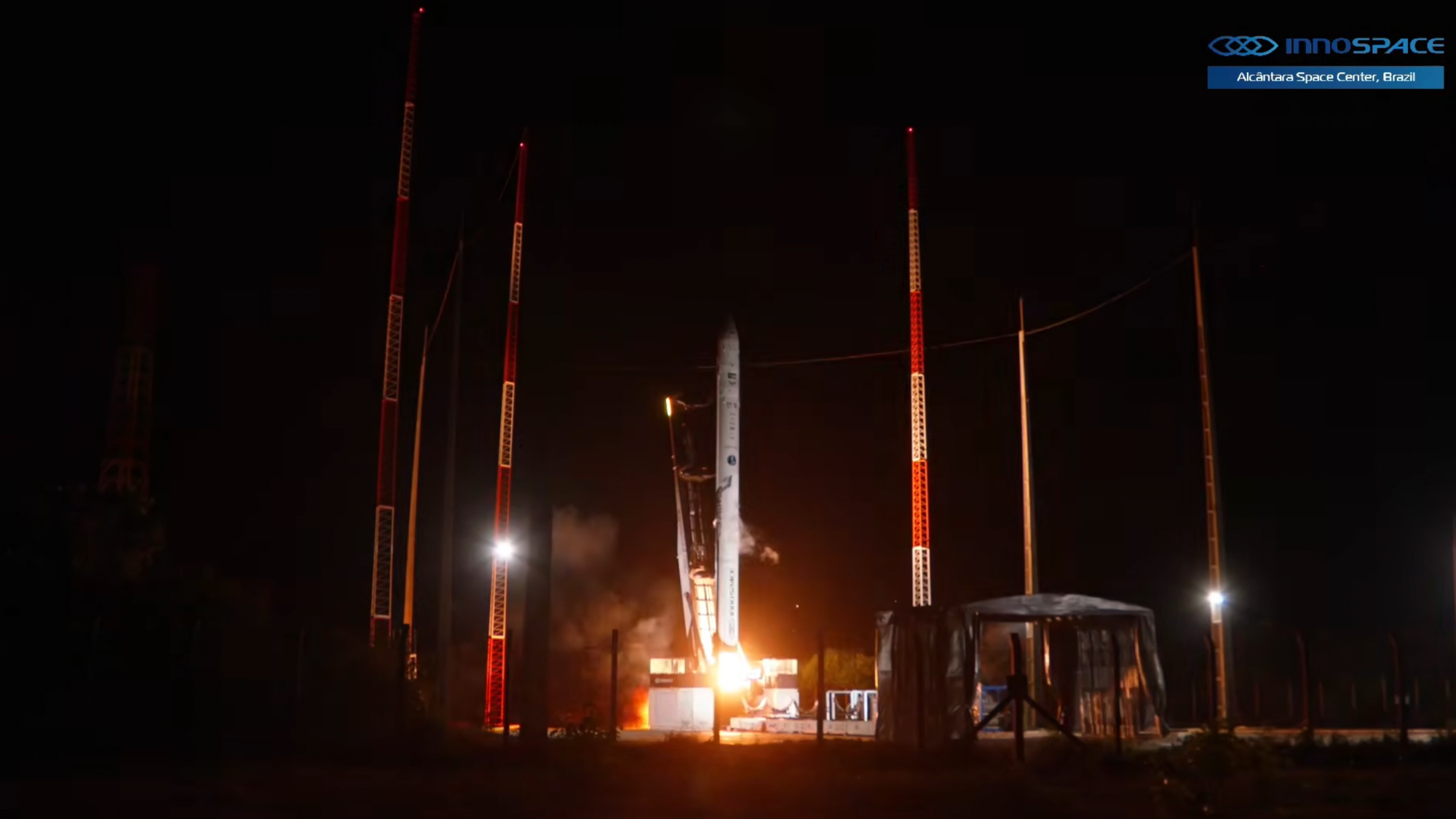Dying Star's Colorful Demise Captured by Hubble Telescope
The dark and gloomy scene of a dying star was caught on camera by the Hubble Space Telescope in the constellation Gemini.
This cosmic region is so complicated that when astronomers first turned their attention to it years ago, they recorded two objects there because there is a symmetrical lobed structure visible there. Today, we know that there is only a single object. Still, in deference to older naming conventions, the region is often known as NGC 2371/2 — a combination of the two older names: NGC 2371 and NGC 2372.
Together the two symmetrical lobes form a planetary nebula, which is a term leftover from an older era in astronomy. With some of the first telescopes, when views were very blurry, astronomers spotted some gassy objects that looked a bit like planets. But these objects turned out to not be planetary at all.
Related: Supernova Photos: Great Images of Star Explosions
"NGC 2371/2 formed when a sun-like star reached the end of its life and blasted off its outer layers, shedding the constituent material and pushing it out into space to leave just a superheated stellar remnant behind. This remnant is visible as the bright star at the center of the frame, sitting neatly between the two lobes," Hubble officials said in a statement.
Astronomers expect rapid change to occur in this region within the next few thousand years. The star is currently emitting radiation and lighting up nearby gas, but over time it will begin to fade into a white dwarf. Meanwhile, the jets visible in the image will change direction and the material will continue to expand around the dying star.
- Hubble Quiz: Do You Know the Famous Space Telescope?
- Most Amazing Hubble Space Telescope Discoveries
- How the Hubble Space Telescope Works (Infographic)
Follow Elizabeth Howell on Twitter @howellspace. Follow us on Twitter @Spacedotcom and on Facebook.
Breaking space news, the latest updates on rocket launches, skywatching events and more!

Elizabeth Howell (she/her), Ph.D., was a staff writer in the spaceflight channel between 2022 and 2024 specializing in Canadian space news. She was contributing writer for Space.com for 10 years from 2012 to 2024. Elizabeth's reporting includes multiple exclusives with the White House, leading world coverage about a lost-and-found space tomato on the International Space Station, witnessing five human spaceflight launches on two continents, flying parabolic, working inside a spacesuit, and participating in a simulated Mars mission. Her latest book, "Why Am I Taller?" (ECW Press, 2022) is co-written with astronaut Dave Williams.

